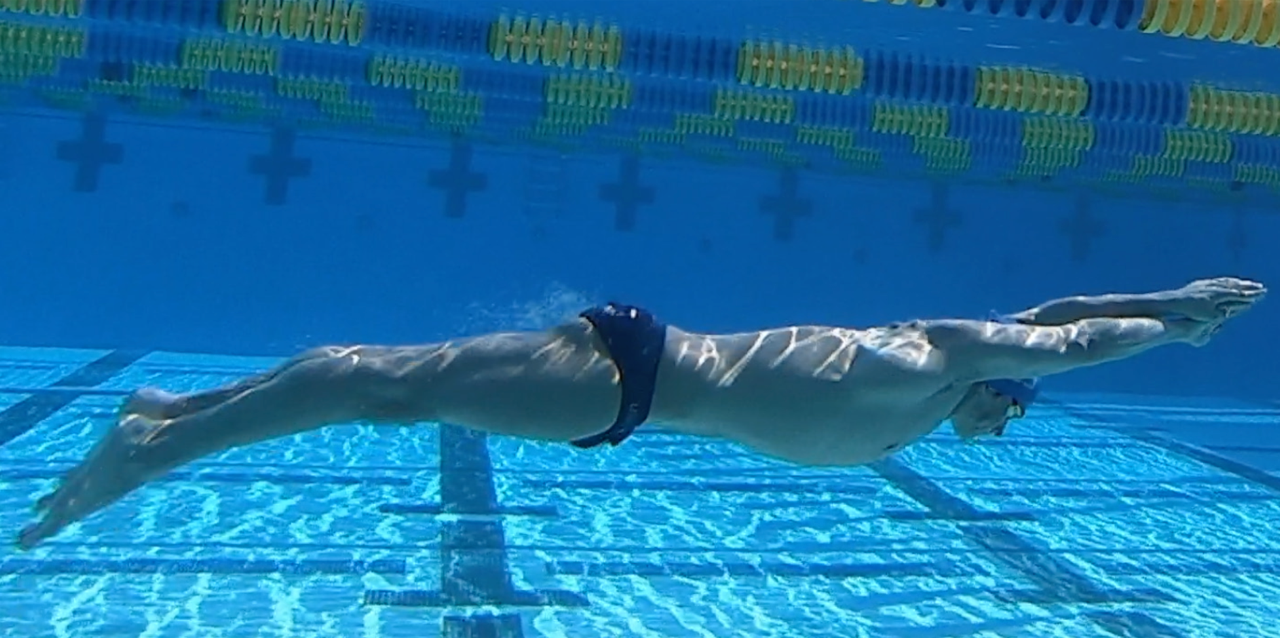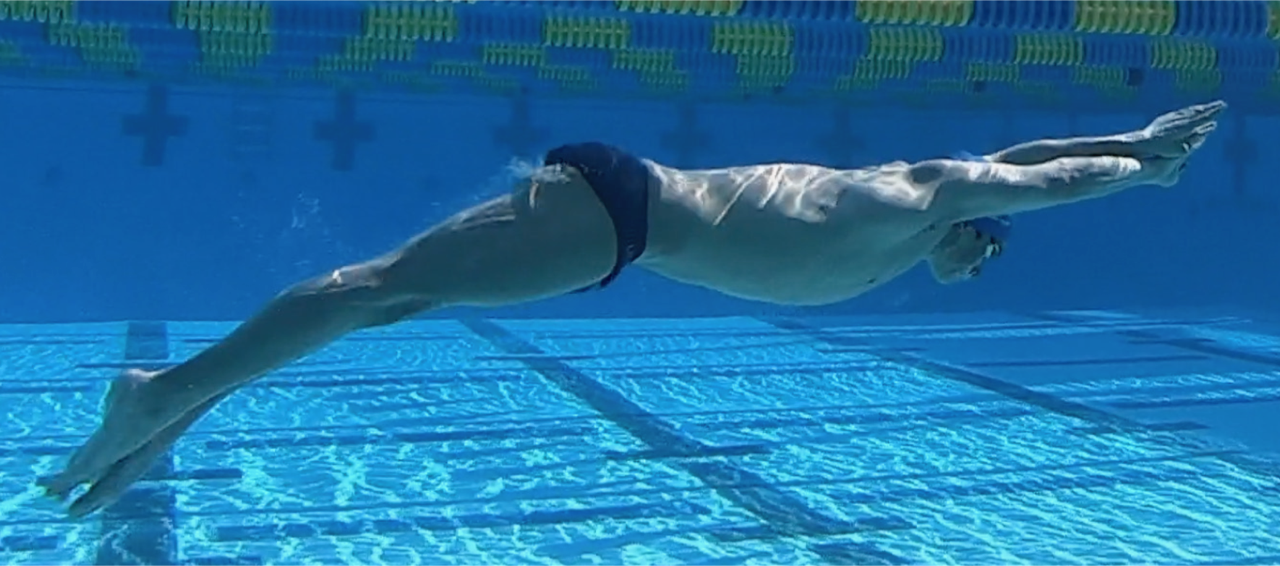The beneath comes from Trent Richardson, a coach for DART Swimming in California, home of US National Teamer Gianluca Urlando.
At DART Swimming we place high value on underwater kick. My swimmers work on it every day in practice using a variety of sets and concepts. When I teach the kick to swimmers I teach it using 3 positions. These 3 positions simplify the movement and I find this method to be a great way to break the kick down into ‘chunk-able’ bits that can be learned by just about any swimmer.
Position 1: This is the starting position for every kick. The body should be in a straight line from fingers to toes and should be either flat or angled slightly toward the surface.
Position 2: The hips and knees simultaneously flex to move the swimmer’s lower body from position 1 to position 2. Both joints must flex in order to maximize force production. This action will move the knees in front of the swimmer when performed correctly. Notice that the hips have not moved up in this position.
Position 3: This is the end of the most propulsive phase of the kick. When moving from position 2 to 3 the swimmer pushes the water as hard as possible extending the knees. The feet should finish deep. The hips can and typically do rise in position 3.
After position 3 the swimmer returns to position 1. The upward kick does generate propulsion, but it seems to be less and for this stage of learning I prefer to simplify things and cue the swimmer to return to position 1 rather than focus on kicking up and potentially missing the speed that can be achieved by having a flat body line in position 1. I am not saying the upward kicking motion doesn’t matter, just that it is less important for creating propulsion and seems to have the potential for putting the swimmer in a position that creates resistance, so we focus on getting from position 3 back to position 1 instead.
Here is a simple set that I have used to teach these positions:
9 x 25: 10-15M underwater butterfly kick @ :30-:40 depending on the level of swimmers. The remainder of the lap is easy freestyle.
#1 pause* in position 1
#2 pause* in position 2
#3 pause* in position 3
#4 flow from position 1 to 2
#5 flow from position 2 to 3
#6 flow from position 3 to 1
#7-9 descend without changing kick size or movement.
*Pause should take just a fraction of a second
- Gianluca Urlando underwater kick position 1 – photo by Trent Richardson
- Gianluca Urlando underwater kick position 2 – photo by Trent Richardson
- Gianluca Urlando underwater kick position 3 – photo by Trent Richardson
About Trent Richardson
 Trent Richardson has been coaching at DART Swimming since 2013. Currently he is the lead coach for the Pre-Senior Group, and the sprint coach for the Senior Group.
Trent Richardson has been coaching at DART Swimming since 2013. Currently he is the lead coach for the Pre-Senior Group, and the sprint coach for the Senior Group.



Thanks Trent! The library of DART Tech Tips is great too!
Gianluca morphs into the hulk on his underwaters that’s why he is so fast
Please excuse my illiteracy, but I was always puzzled by the difference in the kicking technique between butterfly and front crawl. My first coach threw heavy objects in the pool seeing us bending our knees during front crawl kick. We were small kids with weak yet muscles and it was difficult for us to make the kick from the heap down without bending our knees. But it was long time ago and he for sure had no idea what the science of swimming is. But he was a nice (but brutal) person who literally forced us into the love of competitive swimming.
So if the most power during the butterfly kick is generated from straightening bended knees then why… Read more »
I think that “what is the difference between fly and flutter kick?” is an interesting question. Looking at this video of the 100FR from the 2017 World Championship Final https://www.youtube.com/watch?v=orxS4w5DWO8, the flutter kick looks very similar to me, just with smaller hip and knee flexion, and obviously alternating one leg at a time.
Why exactly is it slower underwater? I don’t know for sure, maybe due changes in resistance or maybe that hip and knee flexion difference account for a substantial difference in propulsion.
Thank you for your response, because I thought that I would continue to stay in the dark with my questions. Or they (questions) are so dilettante that no people with coaching experience will bother to explain.
If the fly kick is more powerful than the crawl one and the stroke by itself is stronger then why butterfly stroke is slower in general than front crawl (world records).
The butterfly stroke is definitely more energy consuming and the only explanation of being slower i see in less efficient body position that increases a drag. Than make the fly stroke closer to front crawl as much as possible like in the case of the best flyer Sarah Sjostrom. Watching her… Read more »
The reason butterfly is more powerful yet simultaneously slower is because the symmetrical nature of the stroke means you will see higher peaks in speed and power, but also lower troughs. When both hands are providing maximum propulsion at the same time, you see a huge surge forward, but the downside of that is that while the hands are getting into position for the next stroke, nothing is happening. So it’s worth noting that the fastest swim speed a swimmer can achieve is during the propulsive phase of butterfly– but that’s an instantaneous advantage that is offset by some high-drag positions and lack of consistent propulsion.
Freestyle has the higher average speed because there is almost always some aspect of… Read more »
Thank you for sharing, very interesting!!